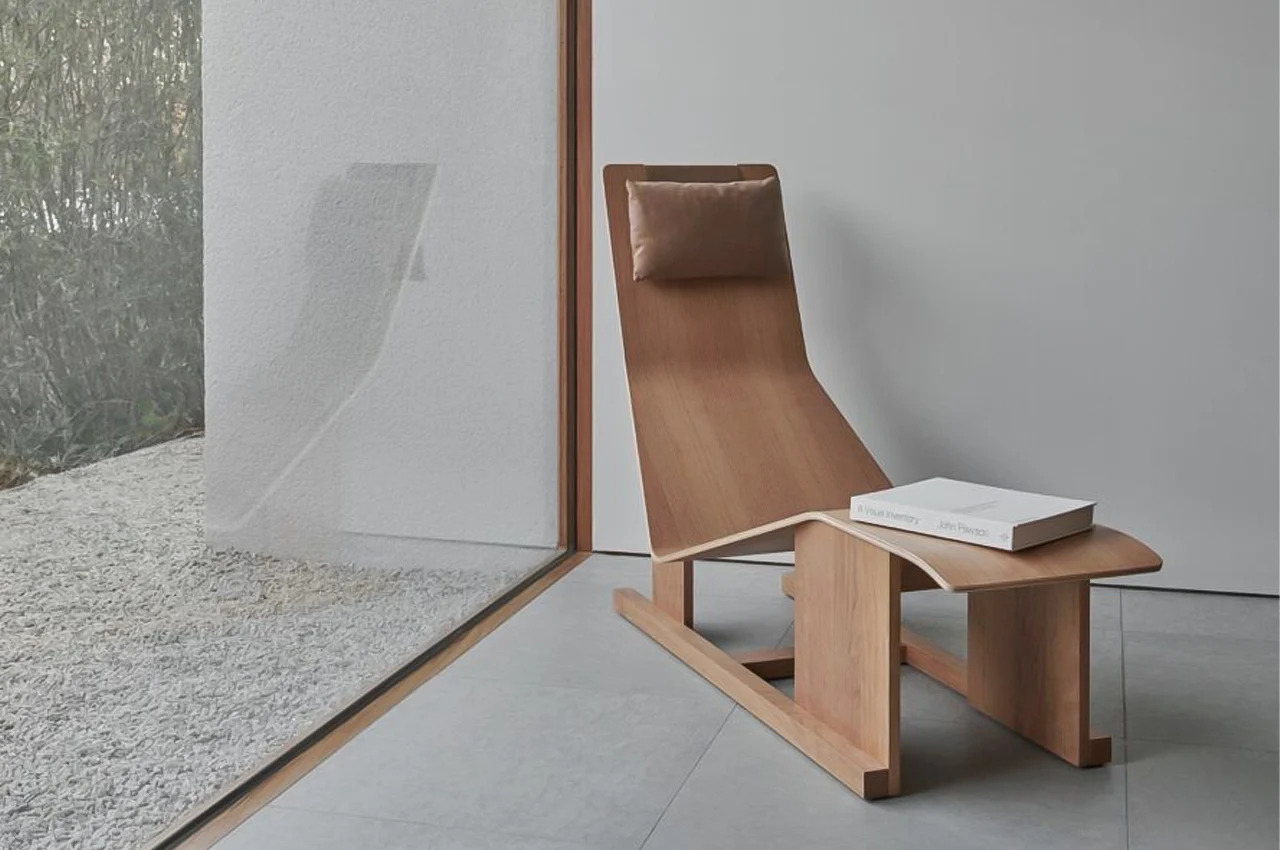In recent years, the world has witnessed a growing awareness of environmental issues. This awareness has led to a shift in consumer preferences, with more people seeking eco-friendly alternatives in various aspects of their lives, including furniture. Sustainable furniture design has emerged as a response to this demand, offering innovative and environmentally conscious solutions to furnish homes and spaces. This article delves into the realm of sustainable furniture design, exploring the principles, practices, and benefits associated with creating eco-friendly pieces.
I. Understanding Sustainable Furniture Design
Sustainable furniture design revolves around the concept of minimizing environmental impact while maximizing functionality and aesthetics. Designers in this field prioritize the use of renewable materials, eco-friendly manufacturing processes, and energy-efficient practices. By embracing these principles, they create furniture that not only serves its purpose but also leaves a minimal carbon footprint.
II. Eco-Friendly Materials: The Building Blocks
A. Reclaimed Wood
One of the hallmark features of sustainable furniture is the use of reclaimed wood. By repurposing old furniture or salvaging wood from demolished structures, designers reduce the demand for new timber, thereby preserving forests and natural habitats.
B. Bamboo
Bamboo, a fast-growing plant, is another popular choice. Its rapid regeneration rate makes it an ideal material for sustainable furniture, and its strength and versatility allow for a wide range of designs.
C. Recycled Metal and Plastic
Utilizing recycled metals and plastics not only reduces waste but also conserves energy that would have been used in the production of new materials. These materials can be molded into various shapes, offering designers creative freedom.
III. Manufacturing Processes: Going Green
Sustainable furniture designers prioritize environmentally friendly manufacturing processes. They opt for water-based adhesives and finishes, avoiding harmful chemicals that can pollute the air and water. Additionally, energy-efficient machinery and solar power usage contribute to reducing the ecological footprint of the production process.
IV. Benefits of Sustainable Furniture Design
A. Environmental Conservation
By using recycled materials and adopting eco-friendly practices, sustainable furniture design contributes significantly to environmental conservation. It helps in reducing deforestation, curbing pollution, and conserving vital resources.
B. Health and Well-being
Sustainable furniture is often made without harmful chemicals, making it a healthier choice for consumers. These pieces contribute to indoor air quality and promote overall well-being, especially for those with allergies or respiratory issues.
C. Supporting Local Communities
Many sustainable furniture designers work closely with local artisans and craftsmen. By supporting these communities, consumers actively participate in sustainable development and promote traditional skills, fostering a sense of cultural preservation.
V. Conclusion
In conclusion, sustainable furniture design represents a harmonious balance between functionality, aesthetics, and environmental responsibility. As consumers become more eco-conscious, the demand for these eco-friendly pieces continues to rise. By choosing sustainable furniture, individuals not only enhance the beauty of their spaces but also contribute to the larger goal of preserving our planet for future generations.
FAQs about Sustainable Furniture Design
- Q: Can sustainable furniture be as stylish as traditional furniture? A: Absolutely! Sustainable furniture designers focus on innovative and stylish designs, ensuring that eco-friendly pieces are as aesthetically appealing as traditional ones.
- Q: Are sustainable furniture pieces more expensive than regular ones? A: While some sustainable furniture pieces might have a higher initial cost, they often prove to be cost-effective in the long run due to their durability and timeless design.
- Q: What certifications should I look for when buying sustainable furniture? A: Look for certifications such as FSC (Forest Stewardship Council) and GREENGUARD, indicating that the furniture meets specific environmental and health standards.
- Q: How can I recycle or dispose of sustainable furniture at the end of its life cycle? A: Many sustainable furniture pieces are recyclable. Contact local recycling centers or furniture disposal services for proper recycling or disposal options.
- Q: Can I find sustainable furniture for outdoor use as well? A: Yes, sustainable furniture options for outdoor use are available, often made from materials like recycled plastic or bamboo, designed to withstand outdoor conditions.


YOUR COMMENT